PPC keyword research is the process of finding the exact words or phrases people type into Google when they’re looking for something related to your product or service. It helps you target the right audience, avoid wasting money on irrelevant clicks, and attract people who are actually ready to buy.
When I asked experts for their #1 PPC tip for beginners (see my introduction to search ads), many said it’s smart to focus on keywords that are less popular, more specific, and cheaper. This guide will help you find those keywords, and avoid wasting money bidding on ones you already rank for organically.
One downside of using Google Keyword Planner for PPC keyword research is that it often shows broad search volume ranges, which makes it hard to judge how popular a keyword really is.
For instance, for the keyword “crypto wallet” it shows a broad range of 10k-100k searches.
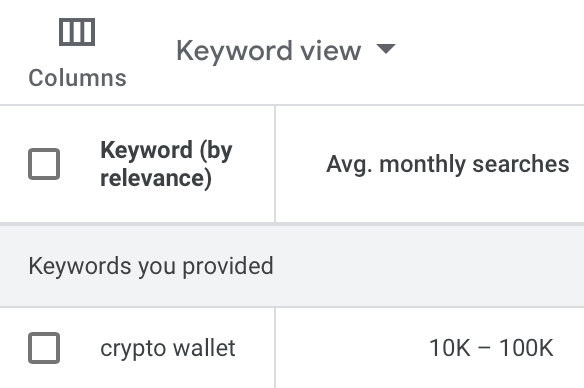
Tools like Ahrefs (that’s us!) can give you a clearer picture of a keyword’s popularity, making it easier to choose and prioritize the right ones for your campaign.

The Keyword Planner also tends to group similar keywords together, which can result in vague or overly broad suggestions that don’t reflect what people are actually searching for, especially when you’re looking for long-tail or niche keywords.
On top of that, the tool doesn’t provide data on your competitors, so you can’t see who’s bidding on which terms or how tough the competition is. All of this makes it harder to find precise, low-competition keywords that are actually worth your ad budget.
That’s where a combo like Ahrefs and ChatGPT really shines.
With Ahrefs, you can find more keyword ideas, get more precise volume estimates, and paid keyword reports for any competitor’s domain, and even translate for other markets on the spot.
Then, with ChatGPT, you can quickly filter, cluster, and prioritize those keywords based on business value, search intent, or even funnel stage.
In this guide, you’ll learn how to put this process into action step-by-step.
Let’s start with a few broad keywords related to your business (seed keywords). You can brainstorm some yourself and use Ahrefs’ built-in AI to help expand the list.

Next, go to the Matching terms report. Make sure you’re looking at results for the country where your core audience is. If you’re planning on running international or multilingual campaigns, we will translate the keywords in the following steps.
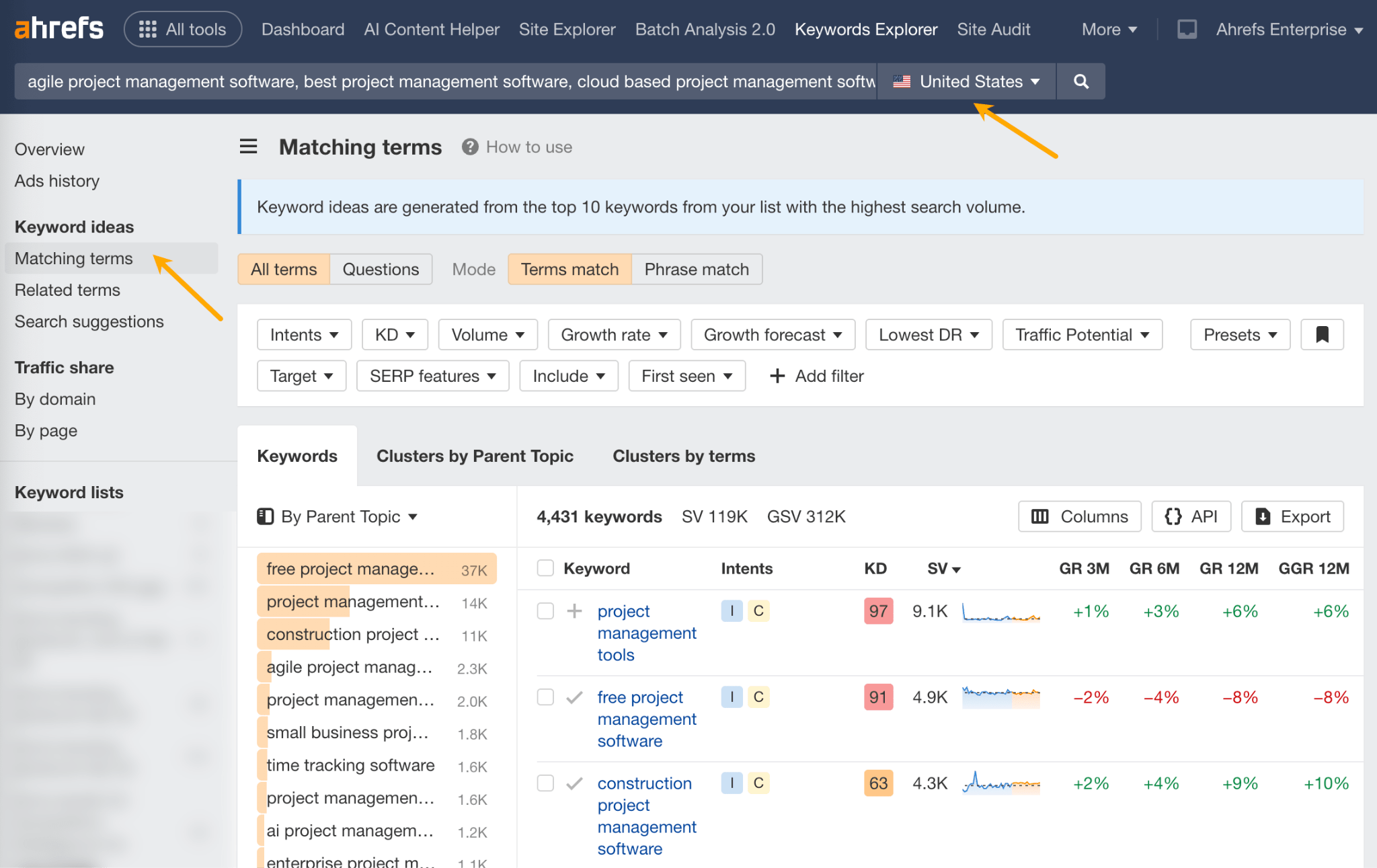
Exclude keywords where you rank in the top 10 and select intents: commercial and transactional. The two intent types typically mean the searcher is close to making a purchase. You can also filter out expensive keywords using the CPC filter.
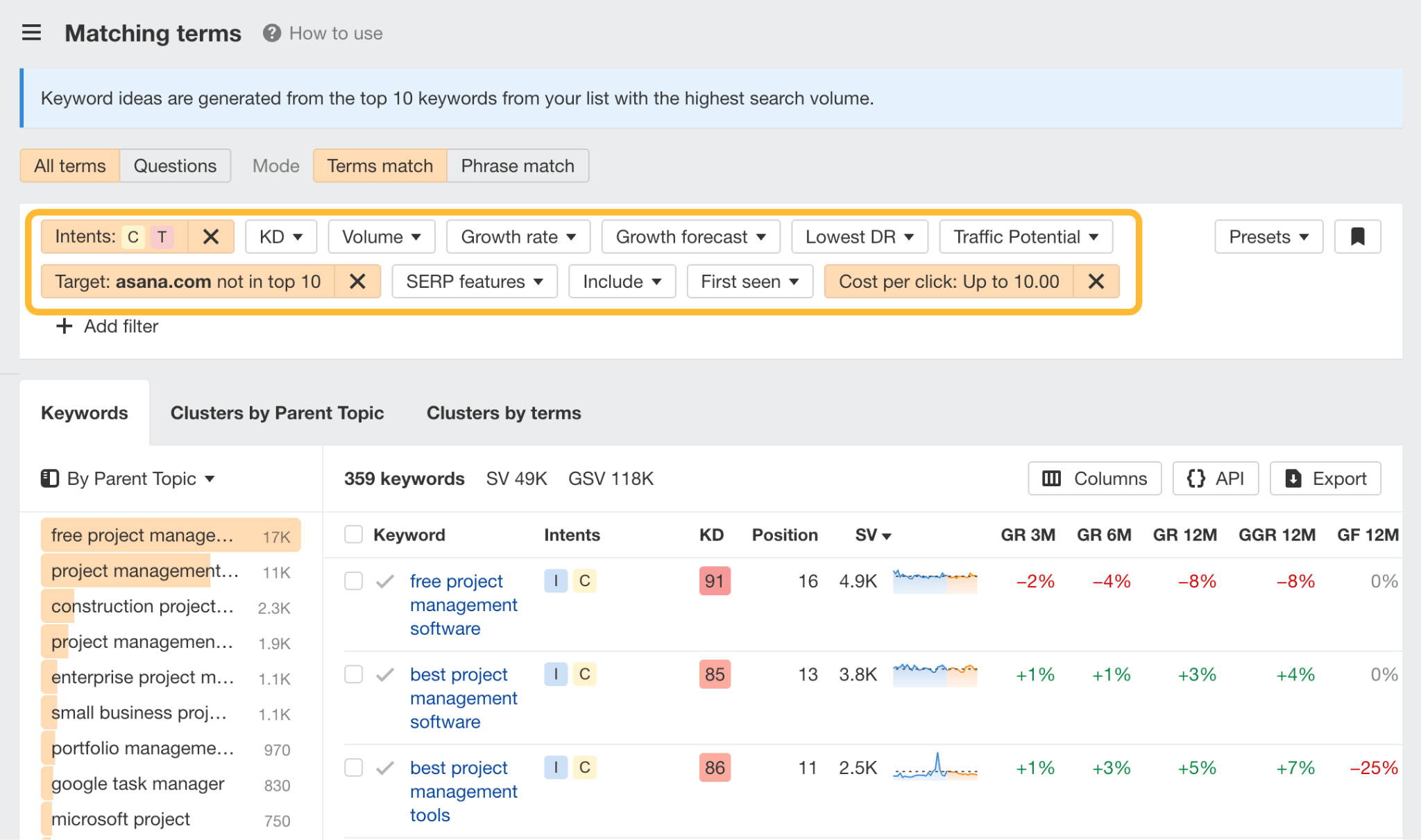
If you’re not sure how much you should pay for a click, you can figure out your maximum CPC with some simple math:
- Using product price. Max CPC = (Product price x Profit margin x Conversion rate)
- Using your max budget and expected number of conversions. Max CPC = (Budget x Conversion rate)/ Expected number of conversions
Finally, select all keywords and add them to a new keyword list.
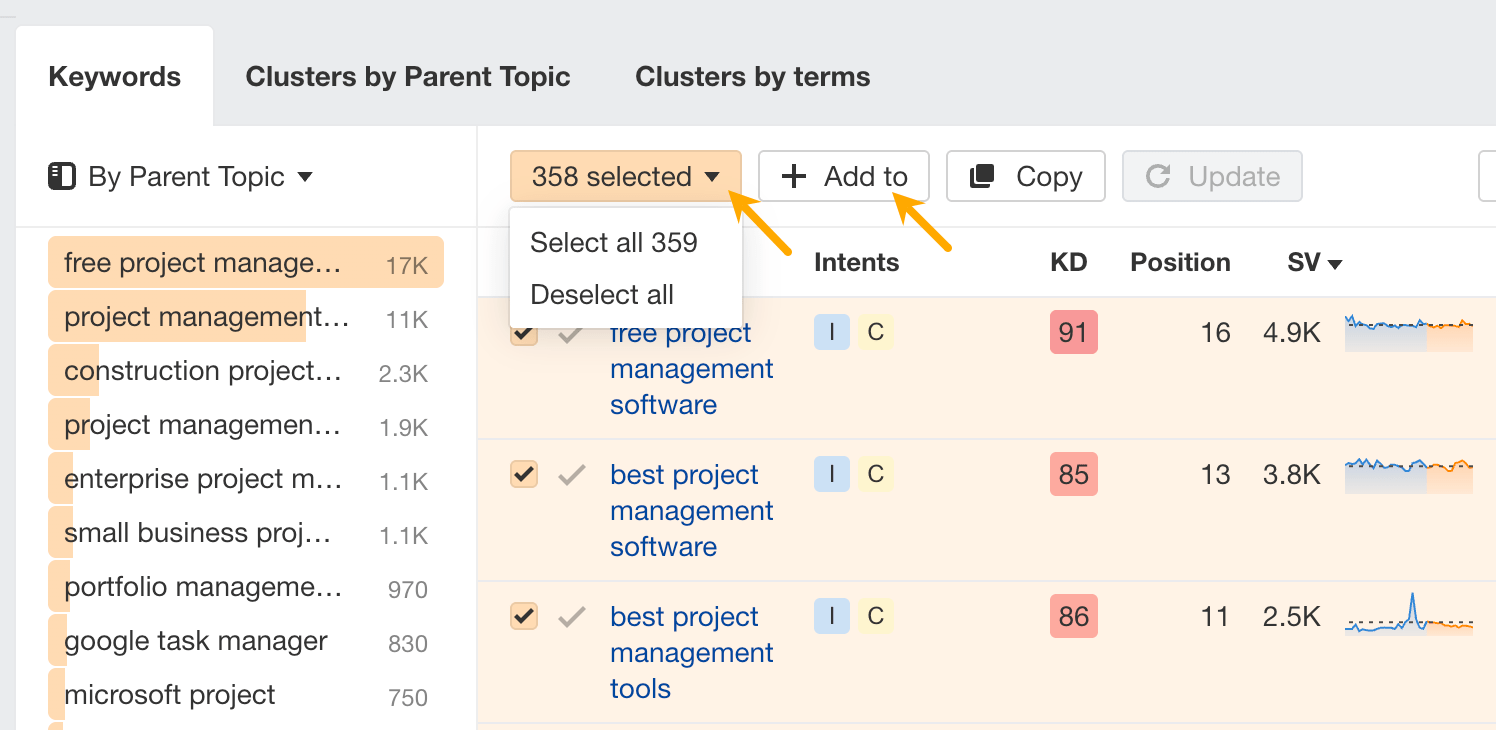
Tip
If your organic rankings are close to the top 10, you can optimize your content to move up. But you could also bid on those keywords in the meantime. Since you already rank for them, your ads will likely get a higher relevance score.

Add the results to your keyword list. Repeat for each competitor.
Tip
Here at Ahrefs we’ve just released the Paid Keywords 3.0 report. It shows which ads your competitors ran over the past month. Use it if the regular Paid Keywords report doesn’t return enough ads or whenever you want a broader view from the start.
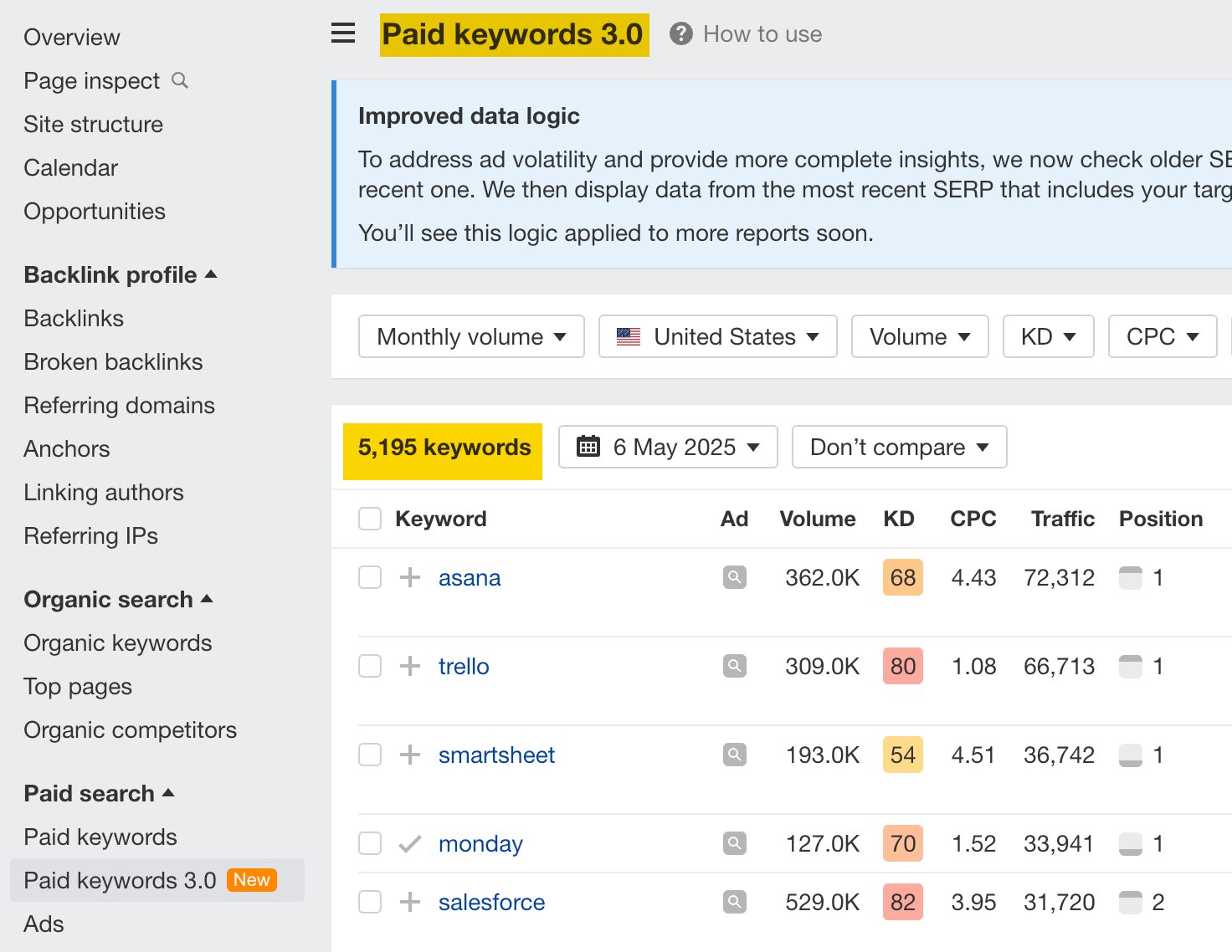
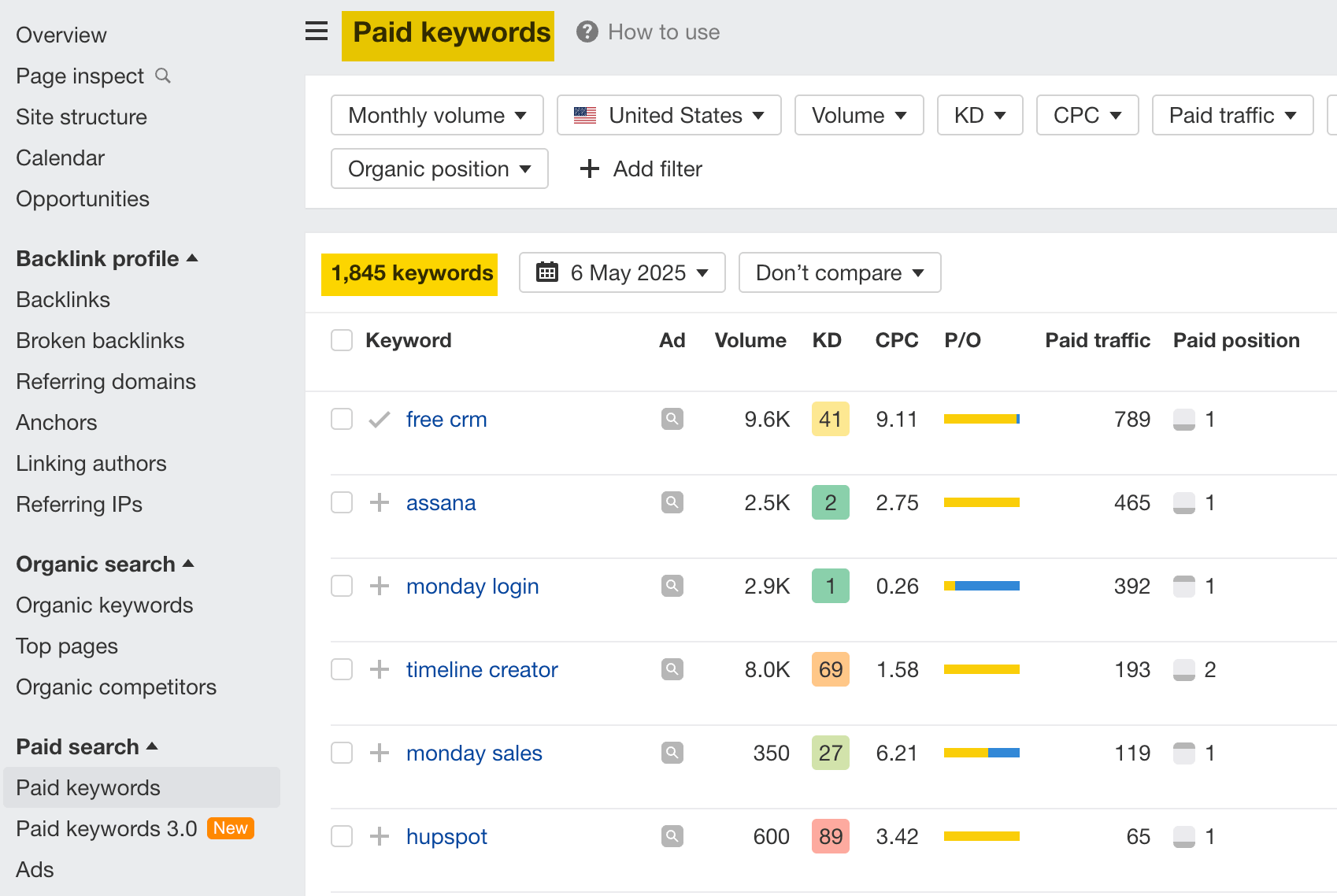

Similar Posts
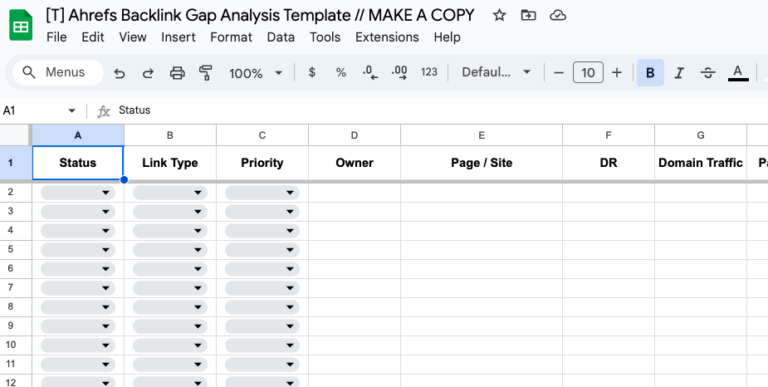
How to Do a Backlink Gap Analysis (With Template)
A backlink gap analysis is the process of finding great links your competitors have that you don’t. It involves evaluating your competitors’ quality of backlinks and deciding if similar links could also improve your site’s SEO. This process helps you: Find quality links quickly Improve your domain’s authority Close gaps against competitors In this guide, you’ll…
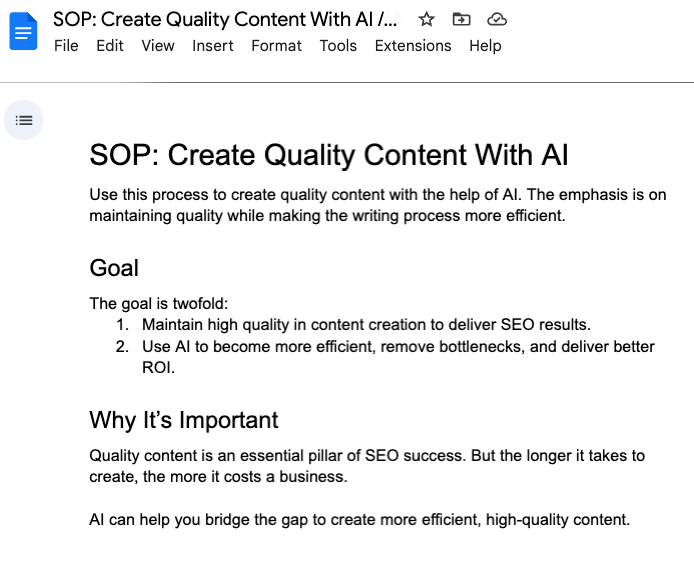
AI Content Creation: My Process for High-Quality, SEO-Friendly Articles
AI can write, but let’s be honest; it can also sound (dare I say) robotic. Without a clear process, AI-generated content can feel generic, miss SEO opportunities, or just not sound like you. The trick? Use AI as a tool, not a shortcut. This AI content creation process helps you: Get AI to generate usable content…

How to Buy a .ai Domain: A Buyer’s Guide to .ai Domains
Chances are if you are reading this article you’ve been following the latest developments around artificial intelligence and are considering registering a .ai domain name for your website, blog, or next business idea. So, you’ll know that the .ai domain extension stands for ‘Artificial Intelligence’, making it a great fit for businesses and individuals in…
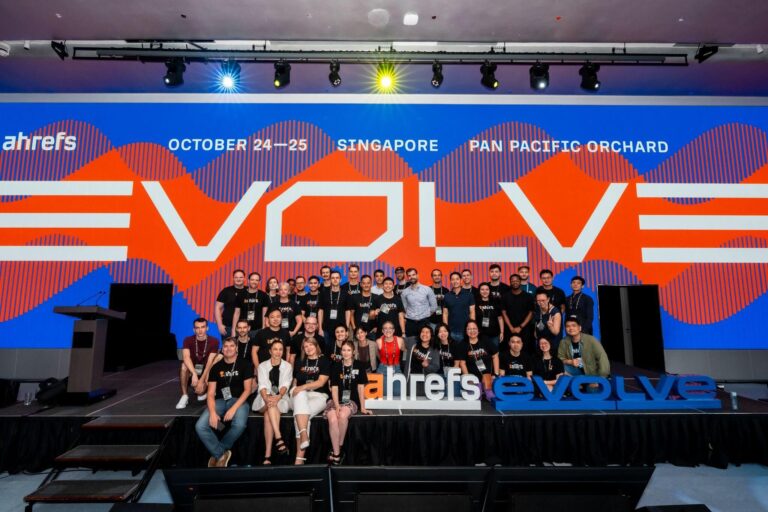
Event Promotion: 10 Tactics We Used to Sell Out a 500-Person Conference
Last year, we ran Ahrefs Evolve: a sold-out, 2-day, 500-person conference at Pan Pacific Orchard in Singapore. I interviewed Shermin Lim, our events marketer, to find out how we marketed the conference and sold out all our tickets. Here’s everything we did to promote the conference. You can use these same strategies (or be inspired…
DrupalCon Portland 2024: Issue Queue Initiatives
This Wednesday, May 8, I’m speaking at DrupalCon Portland 2024 as part of the Drupal Project Initiatives Keynote. The keynote is kicking off Contribution Day on Wednesday first thing in the morning. I’ll be highlighting initiatives and programs that are helping people contribute in a strategic way, and as a result, increasing throughput in the…
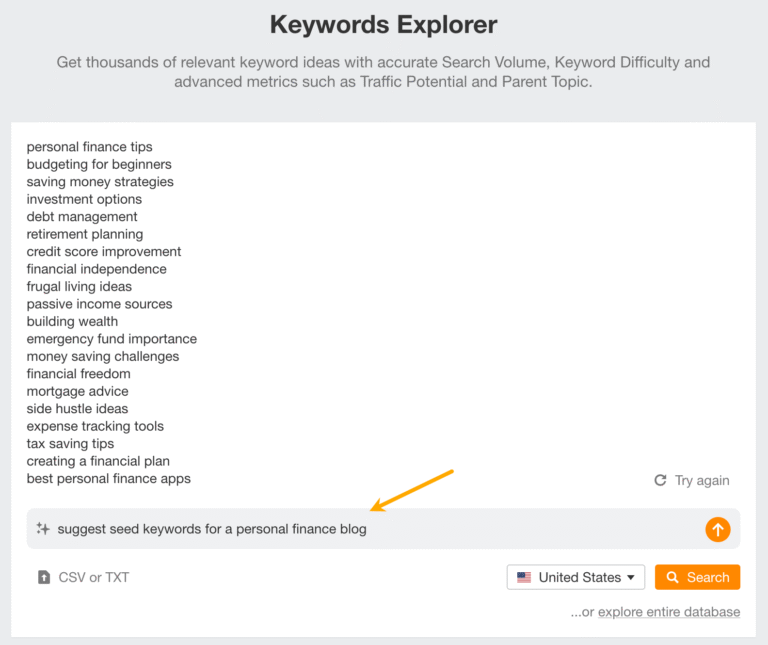
AI Content Marketing 101: Strategies from Someone Who Lives It
According to our upcoming study, 87% of marketers use AI for content. I’m one of them. AI helped me build a career around writing. It’s part of nearly everything I do. Honestly, I can’t even remember how I worked without it—and I don’t want to. It gives me a “second brain” and superhuman speed, and takes care…
